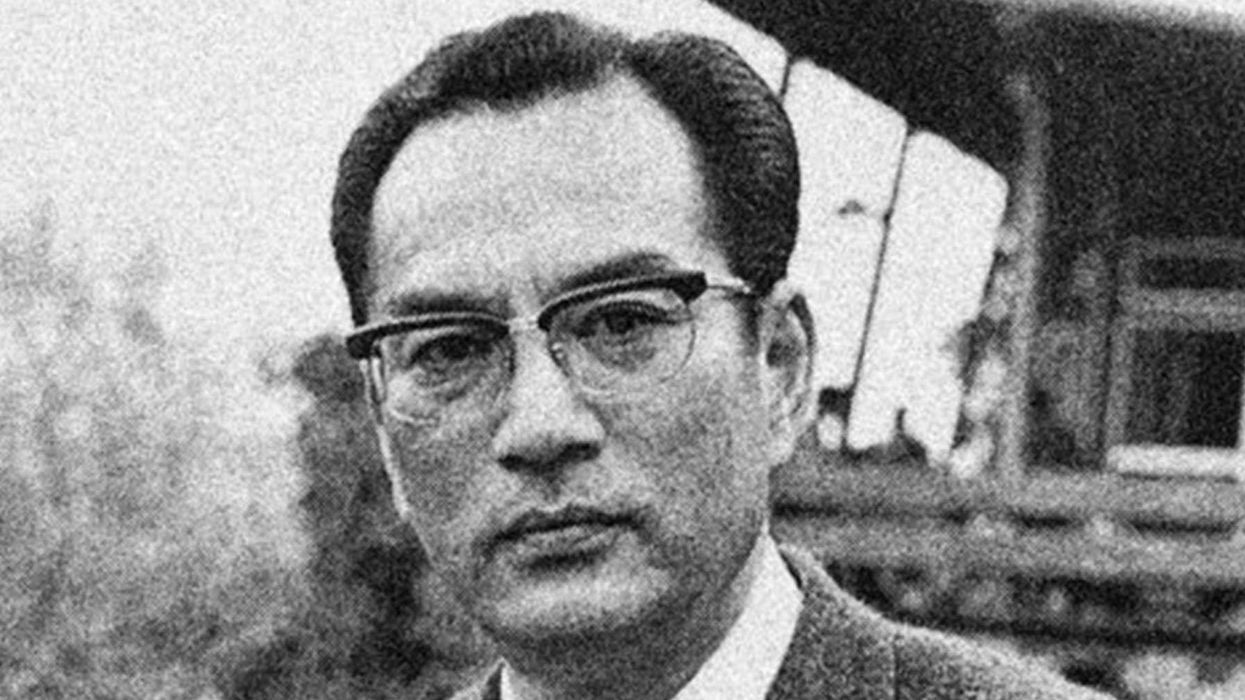Celebrities
Joe Sommerlad
Mar 18, 2019
Google's latest Doodle pays tribute to Japanese inventor Seiichi Miyake, who came up with a superbly simple idea to make the lives of visually-impaired people around the world that bit easier.
Monday 18 March marks 52 years since the city of Okayama in Japan installed the first tactile paving slabs at the pavement's edge based on Miyake's design, allowing the blind to know when they had reached a crossing-point via the raised bobbles in the sidewalk.
Miyake's "tenji blocks" were soon used on stairs and train platforms around Japan and had been introduced to the UK, US and Canada by the 1990s, making treacherous urban environments safer to navigate.
The innovation borrowed a principle from Braille, the system of embossing raised dots onto thick paper to enable the blind to read text by tracing letters on a page with their fingers.
Braille is named after its creator, Louis Braille, a Frenchman blinded in a childhood accident, who, at the age of 15, developed the idea in 1824 as an improvement on a technique known as "night writing" proposed by the French army captain Charles Barbier.
By 1829, Braille had greatly simplified Barbier's original system of dots and dashes, finding 63 ways to use a six-dot cell over an area that could still be traced by a fingertip and adding new symbols to indicate musical and mathematical figures.
Teaching at the Royal Institute for Blind Youth in Paris and serving as organist at two of the city's churches, Braille died two years before his ingenious invention was added to the Institute's curriculum, revolutionising schooling for the visually-impaired.
Two later breakthroughs that would help improve mobility for those with the disability came in the aftermath of the First World War.
While walking sticks have been carried by centuries to help the blind scour the path in front of them for obstacles, it was Bristol photographer James Biggs - also blinded in an accident - who was the first to paint his cane white to ensure passing motorists could more easily spot him against a dark road.
Biggs' innovation was subsequently picked up and popularised in the US by George A Bonham and in France by Guilly d'Herbemont in the 1930s.
The use of guide dogs also predates the Great War but the high number of servicemen returning from the battlefields of Europe blinded by shell blast saw training schools set up for the first time in Germany to meet demand for assistance.
This invaluable aid to mobility really took off when Dorothy Harrison Eustis, an American dog breeder in Switzerland, wrote an article about the schools for The Saturday Evening Post in 1927.
Morris Frank, a blind man from Nashville, Tennessee, duly acquired a German shepherd named Buddy from Switzerland and toured the US with her to promote the benefits of service animals.
Together, Eustis and Frank founded American's first Seeing Eye School in Nashville in 1929.
In Britain, the first four service dogs for veterans were brought over in 1931 and the Guide Dogs for the Blind Association was duly founded to establish British training schools in 1934.
More: 11-year-old blind girl goes viral after giving a brutally honest answer to a question

Top 100
The Conversation (0)














